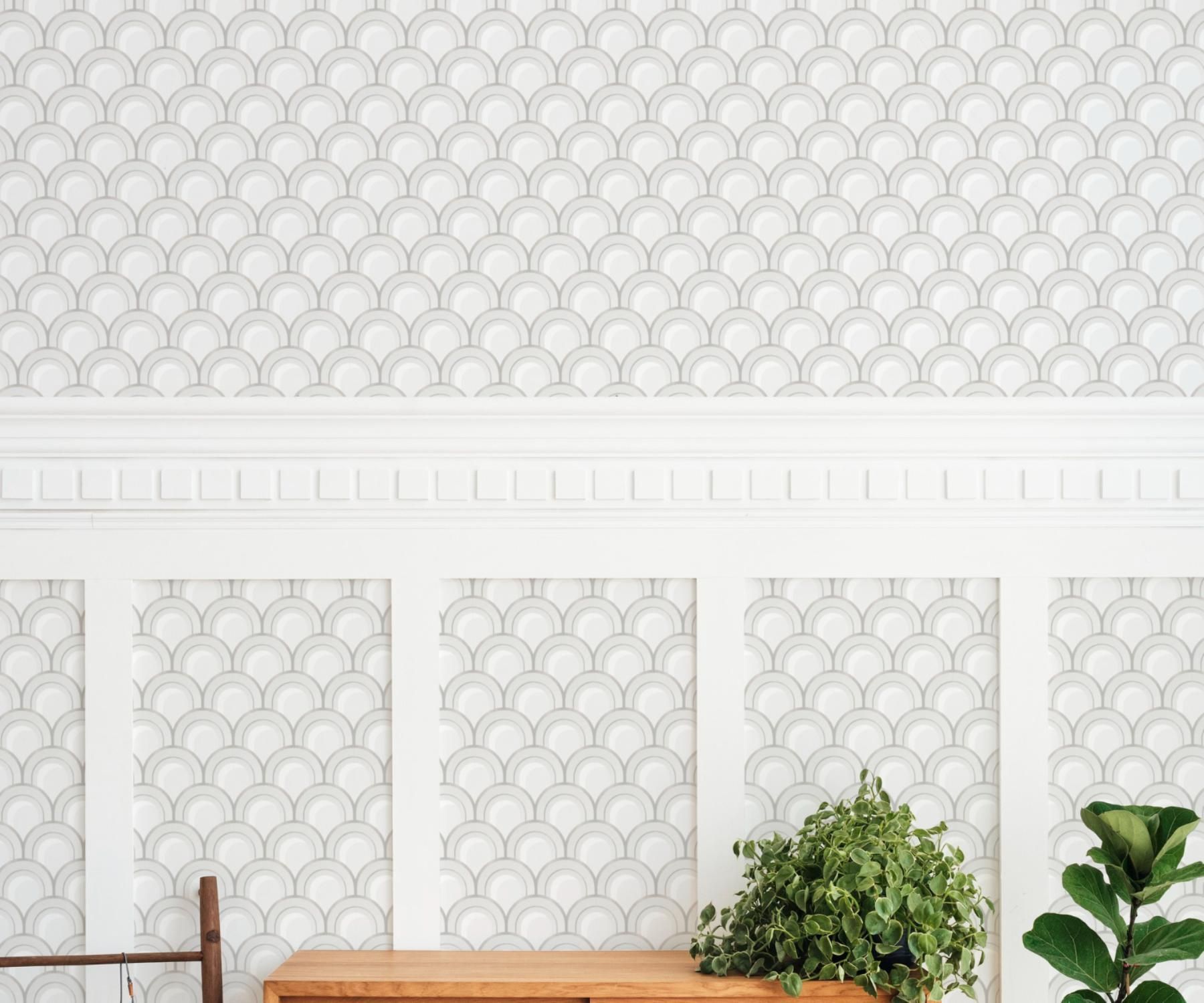The Hidden Costs of Delaying Your Apartment Complex Painting Project
Anyone who manages an apartment building in Saskatoon knows that first impressions matter—not just for prospective renters, but for everyone who passes by your property each day. Yet too often, property owners delay one of the most important investments they could make: repainting the building’s exterior. It’s easy to put off, especially when a paint job still looks "good enough," or when the hassle and cost feel overwhelming. But in reality, waiting too long is one of the most expensive mistakes you can make as a property manager.
At Revive Painting, we’ve helped countless Saskatoon apartment owners revive and protect their buildings. Over the years, we’ve seen firsthand the difference timing makes—not just in aesthetics, but in financial performance, tenant satisfaction, and the longevity of the building itself. In this in-depth blog, we’ll explain exactly why painting an apartment exterior “before it’s too late” isn’t just a good idea—it’s essential.
Why Timing Matters for Apartment Complex Painting
When you’re responsible for a multi-unit property, painting isn’t just another task on your to-do list; it’s a significant investment that needs to be done with an eye for both the present and future value of your property. Leaving it too late can turn the job from a manageable maintenance project into a costly crisis.
Seasonal Weather Impacts Paint Performance
In Saskatoon, our seasons are extreme. Hot, dry summers and frigid winters aren’t just hard on people—they’re tough on your building’s exterior, too. The effectiveness and lifespan of exterior paint depend heavily on the climate at the time it's applied. Painting during the wrong season or on the eve of an intense weather shift can lead to premature paint failure. Moisture, temperature swings, and UV exposure all break down paint over time, but they’re especially harsh if the paint doesn’t have a chance to cure properly.
If you wait until late fall or get caught by an early spring, the risk that rain or frost will impact curing grows, and you might see bubbling, cracking, or uneven color within a year. Plan early, and you can ensure the weather works in your favor, not against you.
High Demand Periods Limit Contractor Availability
Experienced painting companies like Revive Painting book up fast, especially in the spring and early summer when everyone wants their building looking fresh for high rental demand. The later you call, the fewer options you’ll have for trusted, reliable contractors—and the longer your project may take to start. In some cases, you might end up settling for a less experienced crew or being forced to delay the job until the following season, letting your building’s condition deteriorate further.
Outdoor Painting Temperatures and Curing Time
Most high-quality exterior paints have an ideal temperature range for application, usually between 10°C and 30°C. Outside of this window, paint won’t cure properly—leading to reduced durability and an increased chance of peeling or flaking. In Saskatoon, this optimal range is fleeting. Booking your project too late in the season can mean rushing the work or risking a finished product that simply won’t last. Planning ahead ensures you’re painting when conditions are just right.
The Financial Risks of Delaying Your Project
Putting off repainting might seem like a way to save money in the short term, but the reality is often the opposite.
Increased Labor and Material Costs Over Time
As paint deteriorates, so does the surface underneath. Wood swells and decays, metal rusts, and stucco or siding can develop deep cracks. These issues don’t just look bad—they make the prep work for the next paint job more complicated and ex
pensive. Instead of a straightforward wash and paint, you might be facing major scraping, sanding, priming, and even repairs.
Worse, inflation and supply chain fluctuations can cause paint and labor costs to rise—sometimes dramatically—between seasons. Waiting another year might mean paying significantly more for the exact same job.
Emergency Repairs Cost More than Planned Maintenance
When paint fails, it’s not just an aesthetic issue. Water can seep into unprotected areas, causing rot, mold, or even structural damage. When that happens, you’re looking at emergency repairs—work that is always more expensive, disruptive, and time-consuming than planned preventative maintenance. Calling Revive Painting for a scheduled, well-prepared project is always less expensive than calling us in a panic after the spring melt reveals extensive water damage.
Loss of Early Booking Discounts
Painting contractors often offer discounts for early season bookings, especially for larger projects like apartment exteriors. You might secure a better price, guaranteed timelines, or even added value like complimentary surface repairs or pressure washing. If you wait until peak season, these incentives are long gone, and you may even see a premium for last-minute scheduling or after-hours work.
Tenant Experience and Property Reputation
The condition of your building’s exterior affects far more than just the ledger sheet—it shapes your tenants’ experiences and your property’s reputation in the community.
Peeling or Faded Paint Affects Curb Appeal
Curb appeal isn’t just a buzzword—it’s what drives walk-ins, recommendations, and digital listings. Faded, peeling paint sends a message of neglect to renters, visitors, and passersby alike. Prospective tenants are far less likely to contact you for a showing, and your current tenants may start thinking about moving elsewhere. When your building consistently looks fresh and well-cared for, it stands out for the right reasons.
Unplanned Painting Disrupts Tenant Routines
No one likes surprises, especially tenants. When painting is rushed or scheduled last-minute due to emergency needs, residents face unexpected noise, blocked entrances, and logistical headaches—sometimes for weeks at a time. Clear communication and advance notice help tenants prepare, making the process less stressful for all parties. Plan ahead, and you can coordinate with tenants to minimize disruption and maintain goodwill.
Well-Maintained Exteriors Attract Better Tenants
The best tenants—those who pay on time, stay longer, and take care of their units—gravitate to buildings where pride of ownership is evident. Well-maintained exteriors are an outward sign of responsible management, which in turn attracts respectful residents. Regular painting isn’t just about preventing complaints; it’s about creating a community people want to be part of.
Planning Ahead for a Smooth Project
If you want the best results for your apartment complex, it’s worth investing a little time upfront to ensure everything goes smoothly from start to finish.
Coordinating with Property Management and Tenants
Start by working with your property management team to develop a communication plan. Notify tenants of impending work, set clear timelines, and provide guidance on how to prepare balconies, patios, or parking stalls. With the right notice and transparency, you’ll minimize frustration and build trust.
Allowing Time for Surface Prep and Repairs
After an initial estimate, skilled painters will assess the building for any needed repairs—cracks, rotten wood, rust, or mildew. Addressing these before painting ensures that the paint job won’t just look good, but will also last longer. Rushed or last-minute projects sacrifice this critical preparation, which is why early planning is so important.
Booking During Optimal Temperature for Painting Outside
In Saskatoon, optimal painting windows can close quickly. Booking your project with a reputable local company like Revive Painting in advance ensures you’re scheduled during the most favorable conditions possible. We know our climate and can schedule your project so it’s done right, with minimal risk of weather-related setbacks.
Fixing Your Complex
The exterior of your apartment building isn’t just “the face” of your investment—it’s its first line of defense, the foundation for tenant satisfaction, and, ultimately, a key driver of your property’s financial performance. Delaying exterior painting isn’t saving you time or money; it’s setting the stage for bigger headaches down the road.
At Revive Painting, we’ve watched too many Saskatoon apartment owners pay the price for waiting too long. Don’t let the same happen to you. Plan your exterior painting project before it’s too late, and you’ll enjoy lower costs, better tenant experiences, and a property that stands as a point of pride for years to come.
Ready to discuss your apartment building’s painting needs? Contact Revive Painting today. Let’s plan ahead—your property and your residents will thank you.


